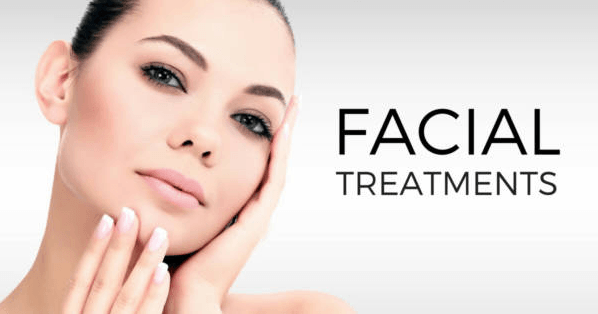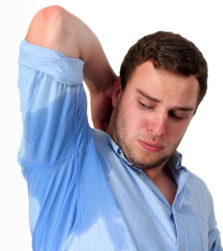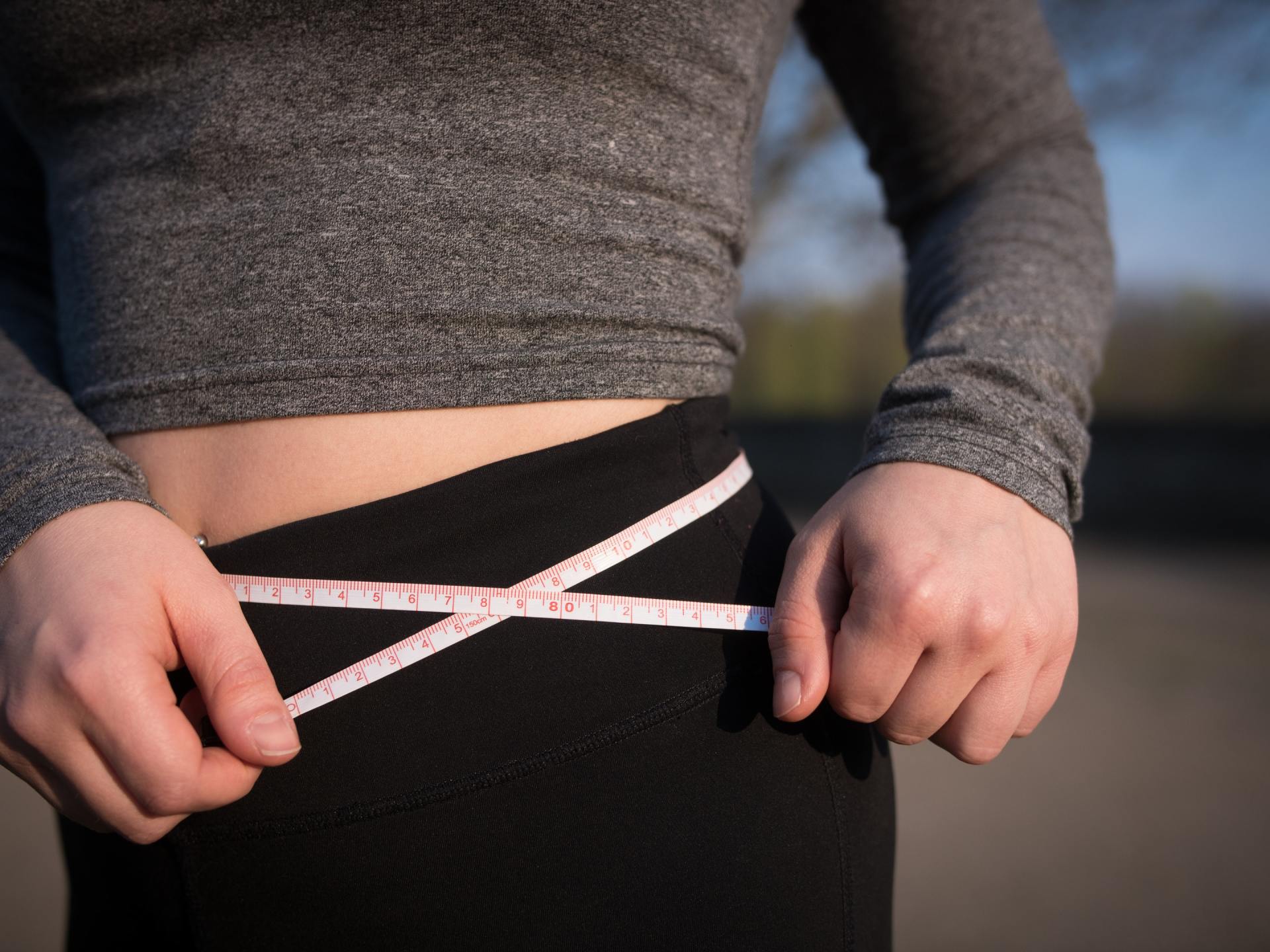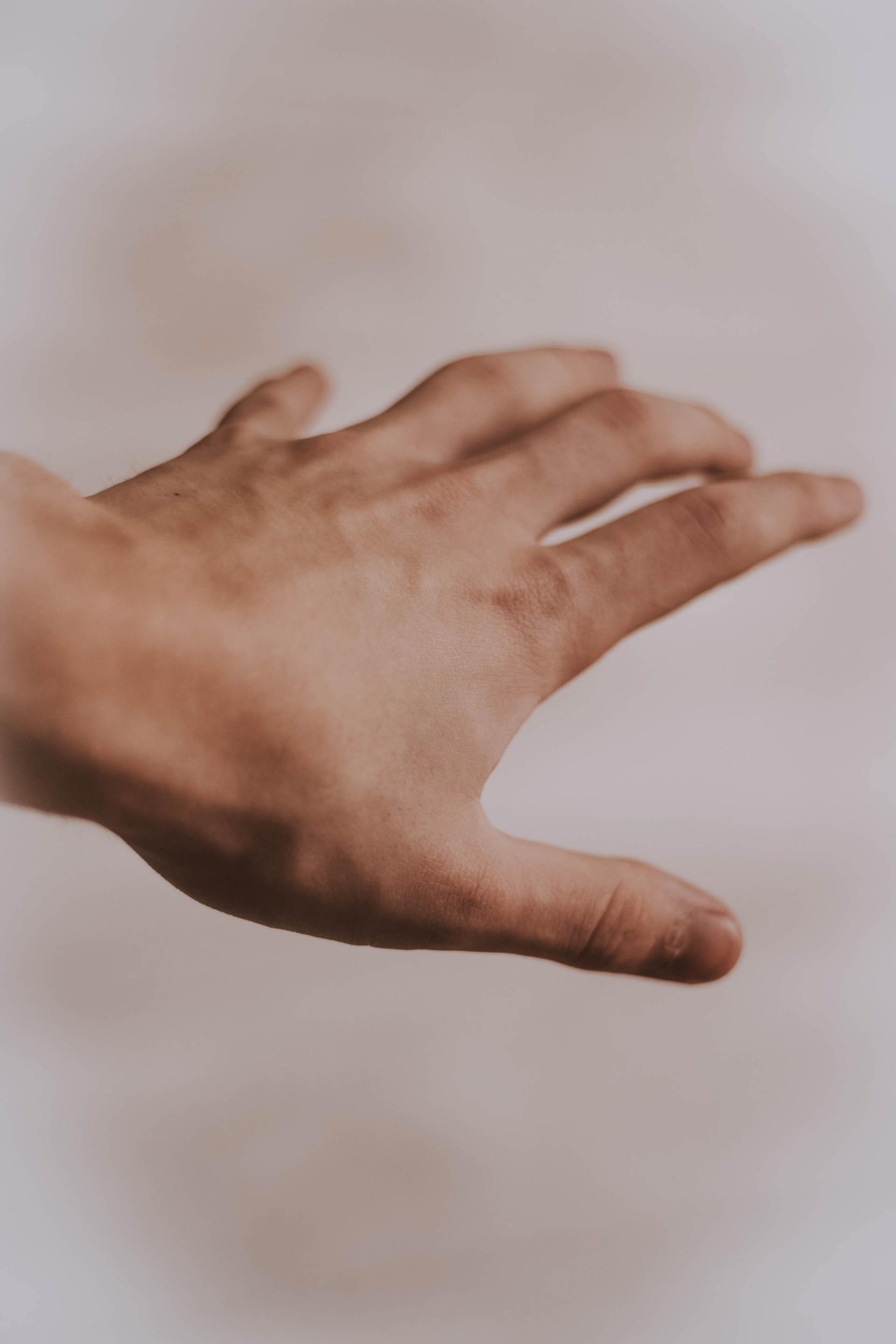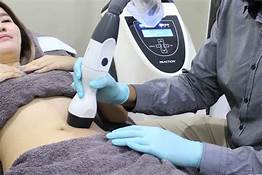Virtue RF Micro-Needling
RF Micro-needling:Newest non-surgical modality for skin tightening
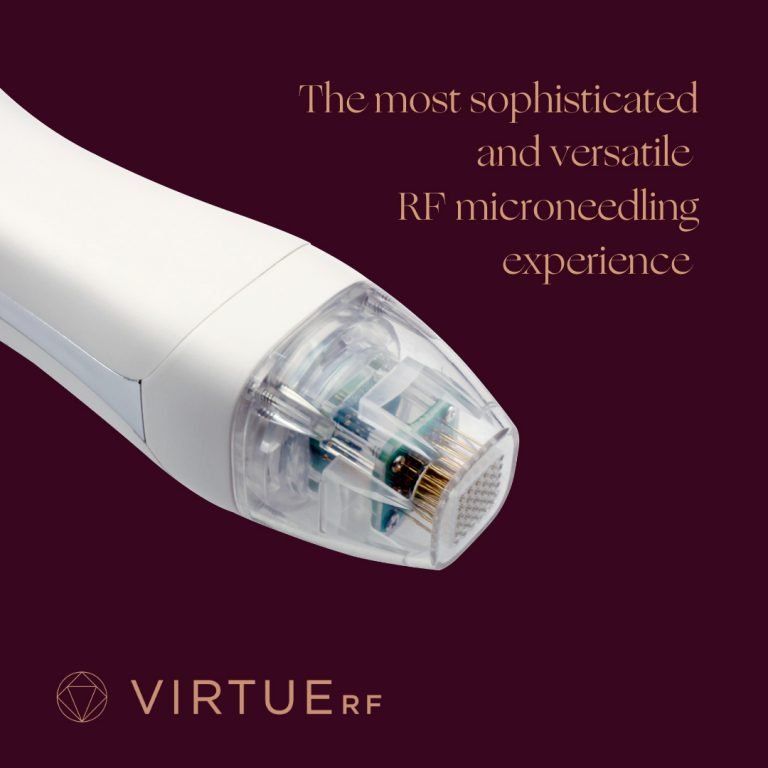
The Pros and Cons of
Radio Frequency (RF) Micro-needling Treatments
Most people are bothered by signs of aging, like wrinkles and sagging skin. Even small issues can prevent you from feeling confident about your appearance. Radiofrequency (RF) micro-needling treatment is a fast and noninvasive way to treat these issues without going under the knife.
So, what is micro-needling, and how does radiofrequency energy complement micro-needling to change your complexion? Our trained provider reviews the pros and cons of RF micro-needling treatment below.
What is micro-needling?
Micro-needling is a treatment modality that uses a device containing medical-grade needles. These needles exfoliate dead skin layers and create tiny skin channels that prompt your body’s natural healing response. Additional application of healing nutrients can be applied to the treated skin to accelerate this process (for example, using your own blood products this is sometimes referred to as a “Vampire” facial). This process can provide an increase in collagen and elastin deposition. The overall effect can lead to a smoother complexion and healthier skin with decreased laxity and wrinkles.
Radiofrequency treatment explained
Loose or sagging skin is a common problem that stems from genetics, age, and sun damage. Radiofrequency devices can induce energy gently into the outer layer of your skin, leaving the surrounding tissue undamaged. The energy causes tissue damage underneath the outer skin layer which can result in new collagen production. After the treatment and for several weeks after a procedure, this increase in collagen production can lead to tighter skin with less wrinkles. Radiofrequency devices come in all shapes and sizes (even some home units are available). Some are technician directed, some are hands free. Most are painless and effective to some degree. A few years ago, the combination of micro-needling and RF therapy were combined with better immediate and longer lasting results.
Advantages of RF micro-needling
This modality offers a wide variety of treatment options.
While loose skin is the most popular intervention (think non-surgical face lifts), treatments can address concerns like textured skin due to acne scars, stretch marks and hyperpigmentation.
Since most RF Micro-needling machines can be used on all skin types the provider or technician can customize and address your specific concerns and needs.
RF micro-needling can also be used in any area of the body, so face and neck skin laxity are not the only areas that can be treated.
While it is true that certain RF machines can be painful, the newest modalities and versatility of the latest generations in RF micro-needling technology can be tolerated without the need for sedation or invasive anesthesia greatly reducing the cost of treatment. Topical anesthesia application is usually the only requirement for a comfortable treatment session with the newer generation of RF micro-needling machines.
Disadvantages of RF micro-needling
Down-time: This includes some temporary redness, possible bruising or needle marks (typically lasting 24-72 hours) but utilization of medicated mask applications post treatment can significantly reduce this issue. Prior adverse events to RF or micro-needling should be a warning to avoid this combined modality.
Treatment discomfort: Use of topical anesthetic and utilizing a machine with adjustable frequencies, energy levels and needle depth can make this a “pain free procedure.” It is important to realize that decreasing energy and using a higher frequency will be more tolerable but may reduce some of the immediate and long-term benefits. Residual discomfort (after the procedure) typically lasts about 2-8 hours and is best treated with mild opioids, NSAID’s or Tylenol products. Again, medicated mask therapy post treatment will significantly reduce this issue.
Realistic expectations: Individuals looking for an immediate “facelift” effect will be disappointed. This less invasive approach is safer, less expensive, with significantly less downtime, and this treatment does produce noticeable results, although they may not be as dramatic as plastic surgery.
Cost: RF Micro-needling ranges from $250-$2000 per session depending on the size and region of the skin being treated. The recommendation is to schedule sessions about 4 weeks apart and count on 2-3 sessions for best results. Typical face treatments range from $500-$900 per session and savings can be acquired by packaging together different regions to be performed at the same time (i.e., Face and Neck; Face, Neck, and Decolletage).
Summary:
If you have loose skin, poor skin texture, and fine lines, it’s time to do something about these concerns. Combining micro-needling and radiofrequency energy is one of the best ways to treat signs of aging and feel more confident. Learn about RF micro-needling side effects and more by scheduling a free consultation appointment at Laser Solutions Medical Spa and Weight Loss in Hot Springs, Arkansas. 501-781-0772. Visit our website for more information: www.LaserSolutionsMedSpa.com



